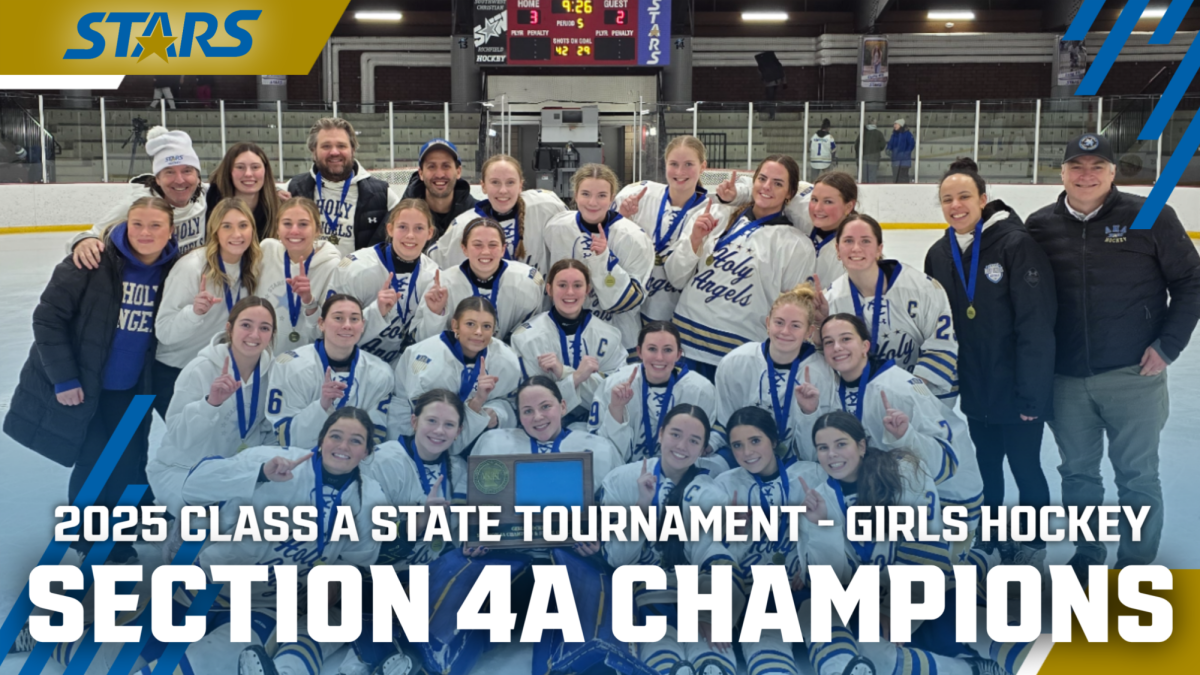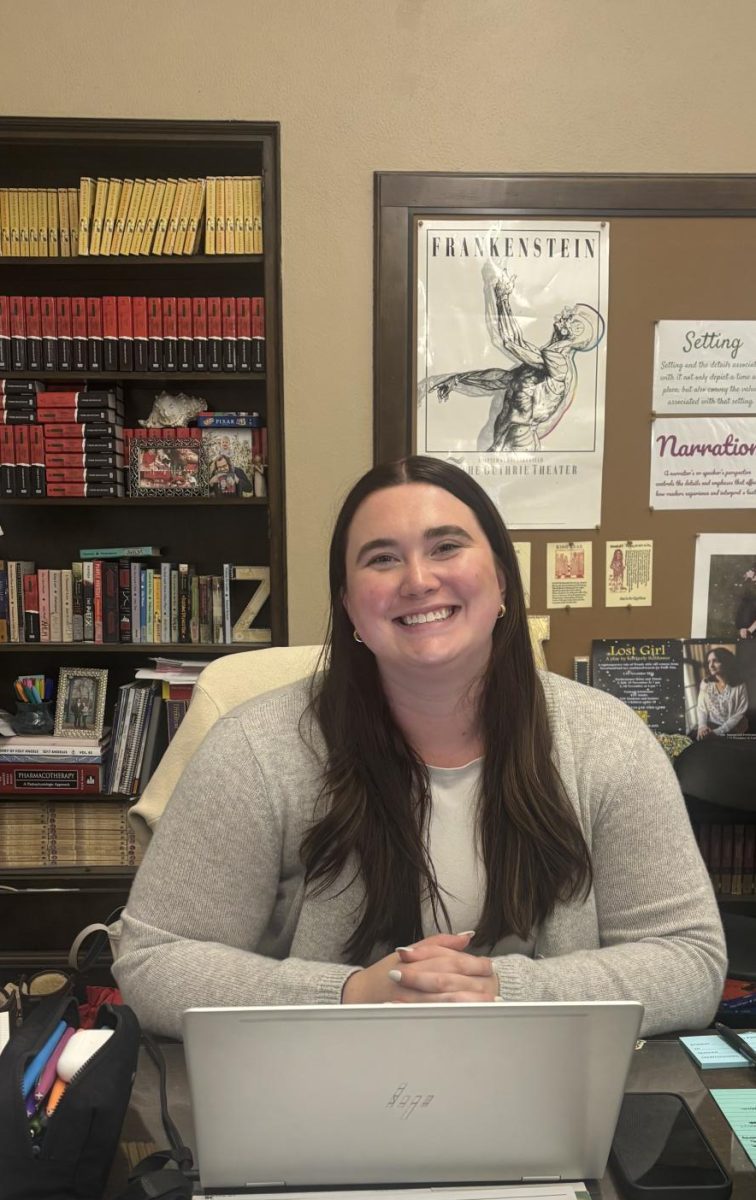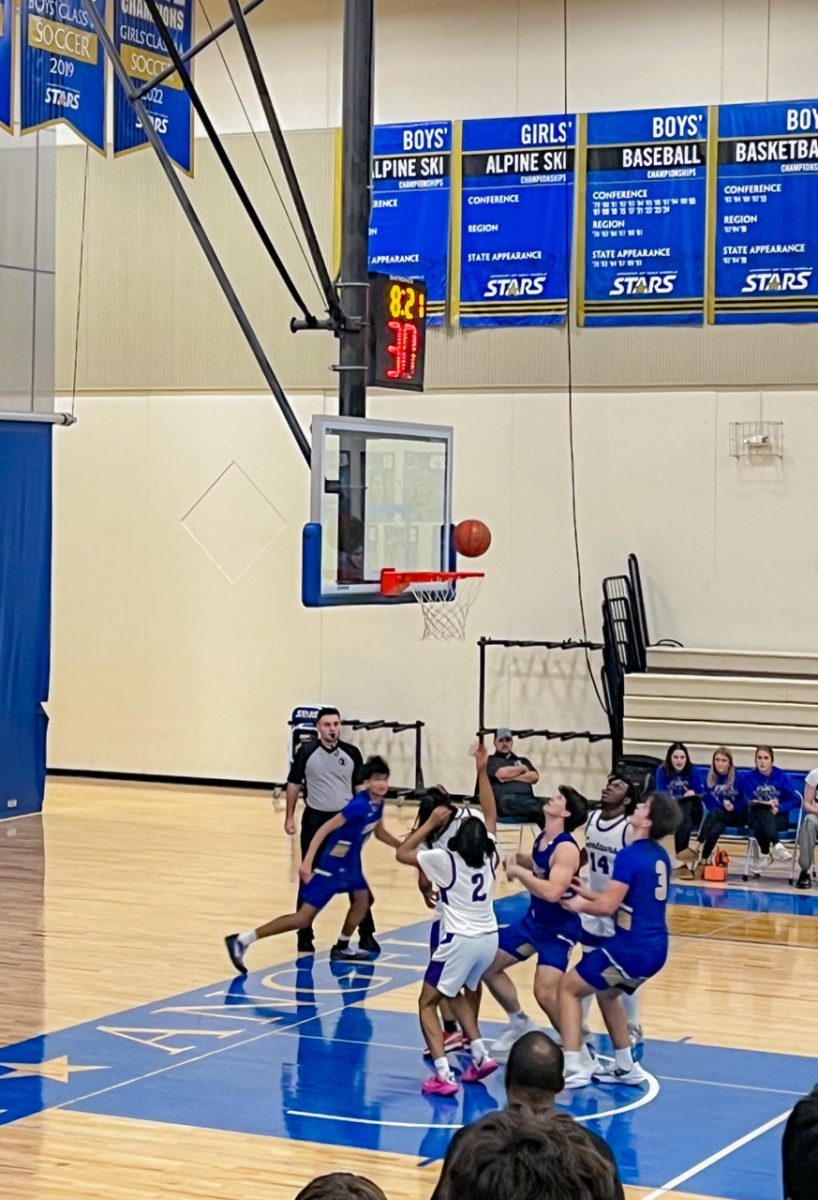Background
What is affirmative action, and why has it recently been removed from the college admissions process? According to Britannica, affirmative action is defined as the active effort to include minority groups in education and in the workplace. In the collegiate sense, affirmative action is used to allow for more opportunities for minorities in the admissions process. Race, ethnicity, and gender are all seen as factors in the admissions world under this practice. An article published by the American Civil Liberties Union says that affirmative action is viewed as a positive way to create more diversity and allow students to open their minds to more ways of thinking, and while preparing students to live and work in our diverse world. In contrast, Connecticut College’s website explains that some people believe organizations are unfairly favoring minorities and that some students admitted, as a result of the policy, may be ill-prepared for higher-level, more intense schooling.
According to the American Association for Access, Equity, and Diversity, precedence for the affirmative action ruling was set in 1961 when President John F. Kennedy first used the term in Executive Order 10925, which instructs federal contractors to consider applicants equally, without notice to race, religion, sex, color, or national origin. Many colleges and universities have been fighting the order since, claiming its unfairness and inequity of using race as a determining factor. In the dual rulings, SFFA (Students for Fair Admissions) vs Harvard and SFFA vs UNC, the Supreme Court overturned affirmative action ruling on the basis that it violated Title VI of the Civil Rights Act. According to the U.S. Department of Housing and Urban Development, Title VI states that no one can be discriminated against or excluded from participation due to race in any program that receives federal financial aid. The effects of this controversial overturning have yet to be seen in our world, as this is the first year the new precedent will be in effect.
Current Seniors
With the recent decision, the effects are yet to be seen. Perhaps the most affected group will be this year’s seniors, the Class of 2024. With no history to go on, the seniors, along with the admissions counselors, are operating in uncharted territory. One thing that is important to note is that, while the Supreme Court struck down implicit race based admissions, there is a loophole in the decision. Per the official ruling of SFFA vs Harvard, students are allowed to discuss race and identity in essays or personal statements.
This has become commonplace throughout academia this year with some schools, such as Johns Hopkins University, quoting word for word this loophole as their only required essay. This is not an isolated case, from an internal study done by the Blue & Gold with a pool of 20 schools, ranging from Harvard to Purdue to the University of Minnesota, 25% of the schools have this as a required essay, with almost all having an option to include it otherwise. This heavy focus on race-based admissions in the wake of the groundbreaking ruling, may actually have a larger effect for the students graduating high school in 2025.
The Blue&Gold had the privilege to interview Elyan Paz, the Dean of Admissions at Macalester College who says that these questions are not as they might seem. She cautions students from assuming that these questions are limited to race and ethnicity saying, “Colleges and universities are asking you what is important to you–that could be your religious faith, gender identity, socio-economic position, or even just a desire to be in an environment with multiple perspectives.”
It is hard to truly predict the effects the decision will have on seniors this year. Many colleges, including Macalester, have reaffirmed their commitment to building and maintaining a diverse community, with Ms. Paz stating “For Macalester, a college committed to diversity, our goal to create a diverse incoming class is the same.” However, only time will tell what this year’s admissions cycle will bring.
Part 2: The Future
The affirmative action decision not only has an impact on the existing students of America, but also impacts generations of students in the future. In an interview with Paz, she says, “The long-term impact still needs to be discovered; however, history has shown us that Michigan and California, both restricted from using race in selection before the recent SCOTUS decision, struggled to retain previous enrollment numbers of historically underrepresented students. The approach and results of the decision will depend on the institution.” Paz says the effects on incoming and current students will continue to depend on the specific university and their actions. The elimination has several effects on future college students and current students attending universities, and will continue to be a pressing issue in the admissions process.
People may wonder what is the best way to achieve racial diversity without race playing a part in the decision. The White House released a list of possible ways universities may implement diversity with the affirmative action rule. Some have suggested having a minimum GPA or socioeconomic based affirmative action, but both options also have setbacks. According to Brookings, if the universities accepted based on a specific GPA minimum, there is a less likely chance of Black and Hispanic students enrolling based on data from previous years. If universities took the route of admitting students based on socioeconomics, evidence has shown that black family incomes have a statistically significant difference than white family income rate.
With the affirmative action ruling, there have been several advocates that discuss further unequal processes that give an advantage to higher placed individuals. Some discussed ways to further the growth of the admission process, including eliminating legacy preferences and possibly taking inventory of the percentages of early decision rounds. Paz stated that legacies may be up next, stating that “I would not be surprised if Legacy policies become a more extensive conversation in the higher education landscape. Harvard is in the news again with a civil rights investigation launched by the Department of Education this past summer.” While many of the impacts of this decision are still to be seen, it will without a doubt affect change in the college admissions landscape for years to come.
Sources available upon request: [email protected].



























